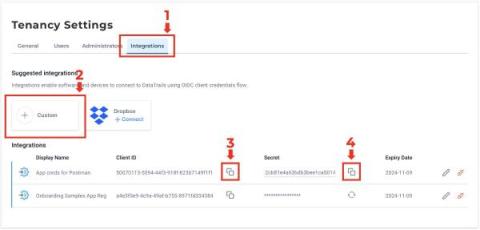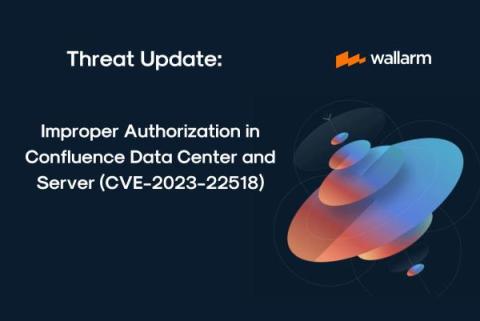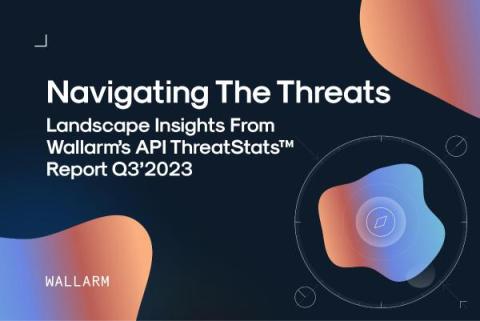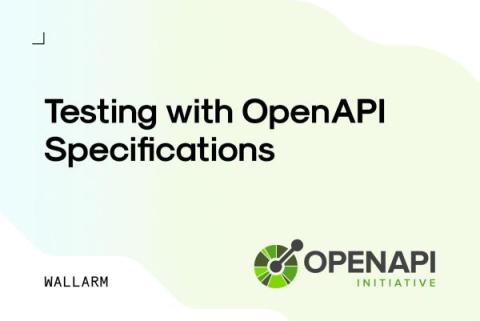2023 API Security Trends for Government and Public Sector
It’s no secret that government agencies have a tendency to work in silos. If you aren’t familiar with the phrase, it basically means they work in isolation from one another. And if that posed issues before 2020, the COVID-19 pandemic definitely laid bare the need for greater collaboration between public sector organizations – the type of collaboration made possible by application programming interfaces (APIs).









